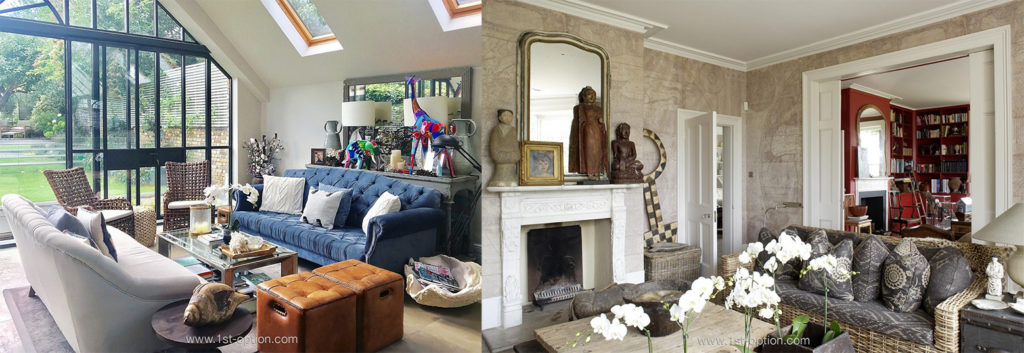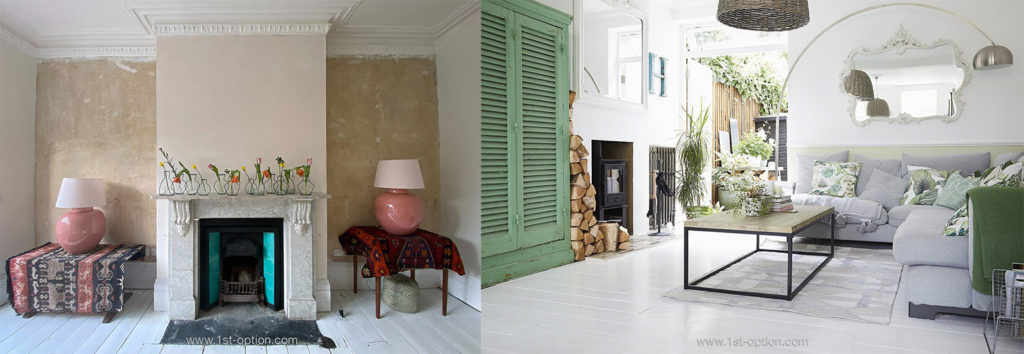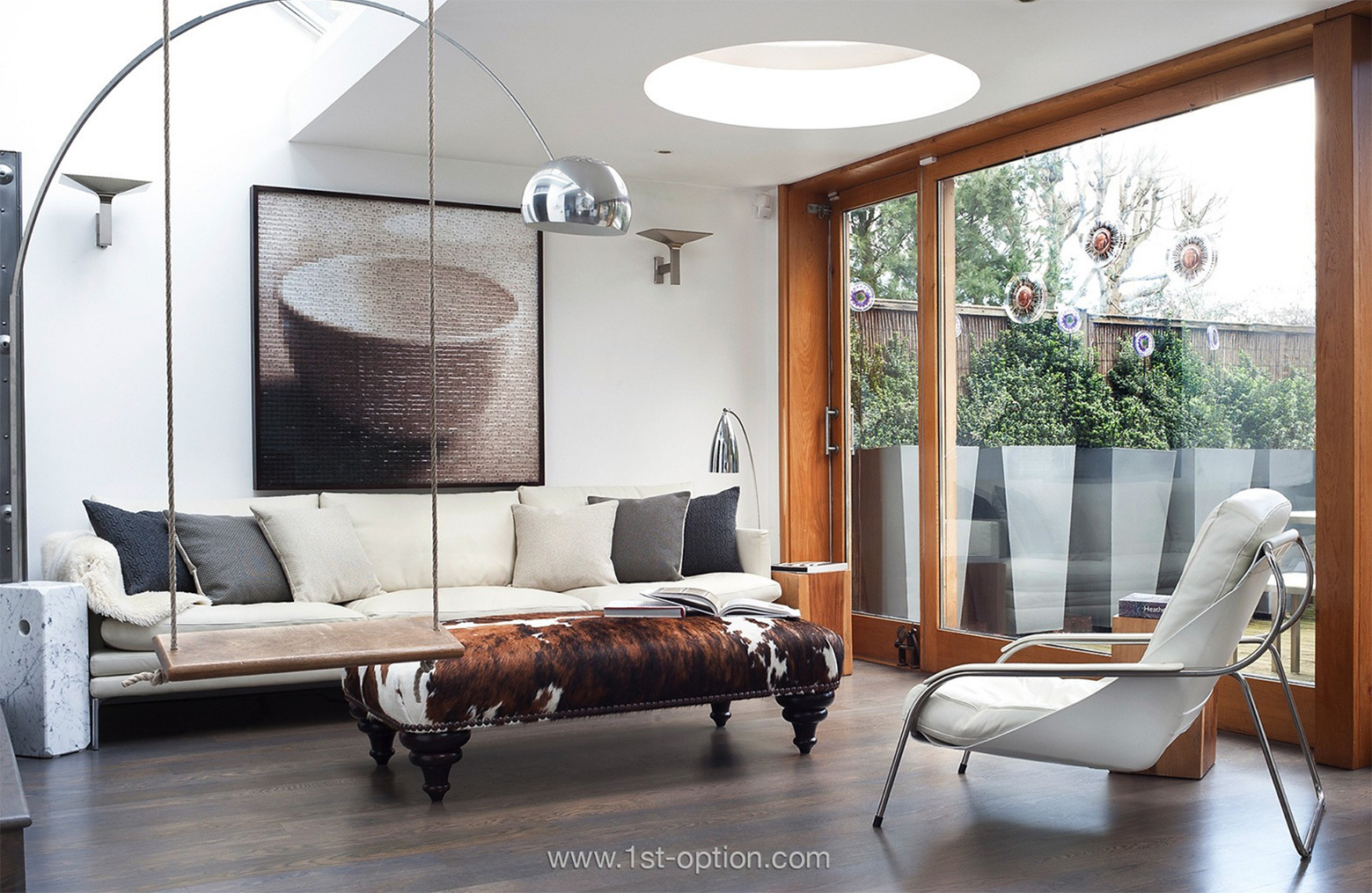In the world of interior design, the word ‘texture’ gets thrown around a lot; design styles can’t be spoken about without using this buzzword in some way or another. There is a precise art to adding texture to a room, it encompasses a lot more than adding a frilled pillow here or some aged wood there. The key is to blend the rough with the smooth, understanding visual texture is just as important as physical texture. If done correctly, texture will tie the room together, however if done wrong or with no consideration, you will fall significantly short of the mark. Read on as the answer to what texture is and how to implement it within your home awaits.
What is texture
In its simplest explanation, texture is an object’s physical feeling or visual appearance. Essentially, texture is anything that adds dimension to a room. This could be anything from a fabric throw or stone feature wall, to carefully positioned lighting, which can transform a room with a soft glow or harsh spotlight. Texture is also a way of creating accents, designers refer to it as ‘visual weight’ – how an object or area draws attention to itself. Contrast these accents and that part of the room will stand out, while matching materials will make a space recede. To achieve real depth, think about contrasting smooth, more premium materials, with rougher, more tactile ones. The intricacies of texture can sometimes be easy to overlook; given that every material has a texture of some description, it can quite neatly weave its way into your decoration. However, there does need to be a level of consciousness in your decisions. You think about the paint that goes on the wall, making sure it flows, so do the same with texture. Make sure there is a balanced theme and flow to every room.

How to add it to your home
Layering with different textures
Layering is potentially the simplest way of adding texture to a space, but it is also vital for adding depth to a room. The key is to mix things up and not rely too heavily on one element or source of texture – blend multiple sources to add multiple dimensions. Think: fabric throws and silk cushions upon your sofa, juxtapose a smooth granite fireplace with a tasselled rug and play around with multi-dimensional artwork on your walls. The whole room has a part to play; as you form layers, the result becomes immersive and arresting.

Use contrasting fabrics
Contrasting fabrics and materials also add balance to a space. Rooms can often be one tone, by adding contrasting textures you are able to interrupt this. You may be thinking “what if my room already has multiple shades of colour?”. Well not to fear, even if there are different shades of colour in a space, adding different fabrics and textures proves that colour isn’t the only way to achieve variation. Make sure you are going beyond the normal avenues of texture; curtains, blinds and lampshades are out-of-the-box ways of adding texture and depth. What is great with this is you can change the contrast to fit the season – in summer you could use cotton/ silk throws and cushions, in winter, faux fur and velvet.

Play with accessories
Accessories are great additions to any room; vases, mirrors, ornaments and sculptures are perfect for adding texture. They all come in a multitude of styles, looks and feels, creating the ideal run of visual and physical textures. Nevertheless, don’t go overboard, as there needs to be direction in what you are trying to achieve. The idea isn’t to add every texture known to man, but to welcome an assortment of styles and feels that are sympathetic to each other, adding variation and intrigue while bringing the whole room together.

Lighting
Light is actually the only form of texture that has a dual aspect to it. Firstly, there is the obvious look and feel of a lamp providing physical and visual texture, however, it is the rays of light themselves where texture actually takes on a more visual character. When warm light is used, it has the ability to give a room a soft and inviting glow; white light on the other hand is a lot sharper and therefore can make a room’s atmosphere feel a lot harsher. Furthermore, the position of the light can be key to adding value to a space. For example, a carefully positioned soft light in the corner of the room can create a beckoning reading nook, whilst angling your light to shimmer through your plants or a water feature, helps cast shadows upon your wall creating more visual texture. By mixing different sources, areas and levels of light, you can create wave upon wave of texture.

